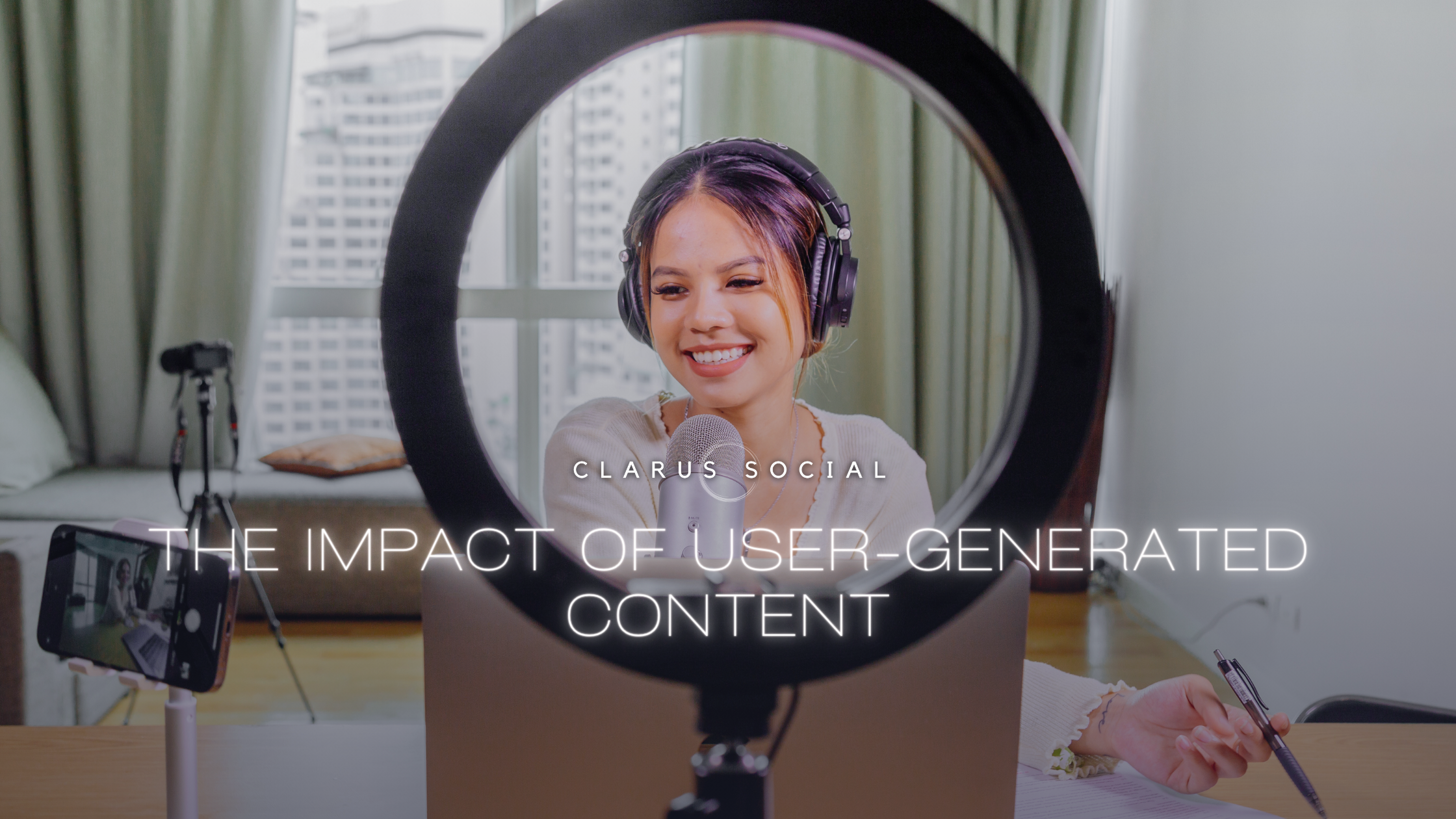
Harnessing the Crowd: The Impact of User-Generated Content
In the age of digital media, user-generated content (UGC) has emerged as a powerful force that is reshaping industries, influencing consumer behavior, and transforming the way businesses engage with their audiences. From reviews and testimonials to social media posts and collaborative projects, UGC has a profound impact on various aspects of our digital landscape.
What is User-Generated Content?
User-generated content is exactly what it sounds like: content that is created and shared by users, rather than brands or organizations. This content can take many forms:
- Social Media Posts: Users share their thoughts, experiences, and opinions on platforms like Facebook, Twitter, Instagram, and TikTok.
- Reviews and Testimonials: Users provide feedback and share their experiences with products and services on websites like Amazon, Yelp, or TripAdvisor.
- Blogs and Articles: Individuals create their own blogs, articles, and online publications to share their knowledge and insights.
- Videos: Platforms like YouTube host an abundance of user-generated video content, from vlogs to tutorials.
- Photos: Platforms like Flickr and Instagram showcase user-generated photos and visual stories.
The Impact of User-Generated Content
UGC is not just a digital trend; it’s a transformational force that has significant implications for individuals, businesses, and society as a whole.
1. Authenticity and Trust
UGC is often seen as more authentic and trustworthy than branded content. People tend to trust recommendations and opinions from their peers more than they trust advertisements. Positive UGC can build trust in a brand or product, while negative UGC can expose issues that need addressing.
2. Engagement and Community Building
UGC fosters engagement and community building. When users contribute content and interact with one another, it creates a sense of belonging and connection. Online communities can form around shared interests, hobbies, or experiences.
3. Content Variety
The diversity of UGC is vast. It covers a wide range of topics, interests, and perspectives. This variety caters to a broad audience and can appeal to niche communities.
4. SEO Benefits
Search engines often prioritize fresh and diverse content. UGC can contribute to your website’s SEO by providing new and relevant content that keeps your site up to date and improves its search rankings.
5. Cost-Effective Marketing
User-generated content is a cost-effective form of marketing. Brands can leverage UGC without the expenses associated with creating their content from scratch. It can also reduce the need for traditional advertising.
6. Creativity and Innovation
UGC can fuel creativity and innovation. Crowdsourcing ideas and solutions can lead to breakthroughs and novel approaches to problem-solving.
Challenges and Considerations
While UGC is a powerful tool, it’s not without challenges:
- Quality Control: Not all UGC is positive or high quality. Brands must be vigilant in moderating content to maintain their reputation.
- Privacy Concerns: Handling user data and privacy is a crucial aspect of UGC. It’s important to respect privacy and comply with relevant regulations.
- Legal Issues: Issues related to intellectual property, copyright, and consent must be managed appropriately.
The Future of User-Generated Content
The future of UGC is promising. As technology evolves, UGC will likely become more immersive and interactive. Virtual and augmented reality, as well as advancements in AI, will shape the future of user-generated content.
In conclusion, user-generated content is a dynamic force that is shaping the digital landscape. It influences consumer trust, builds communities, and offers cost-effective marketing opportunities. As technology advances, the impact of UGC will continue to evolve and leave an indelible mark on the way we create, share, and consume content in the digital age.

